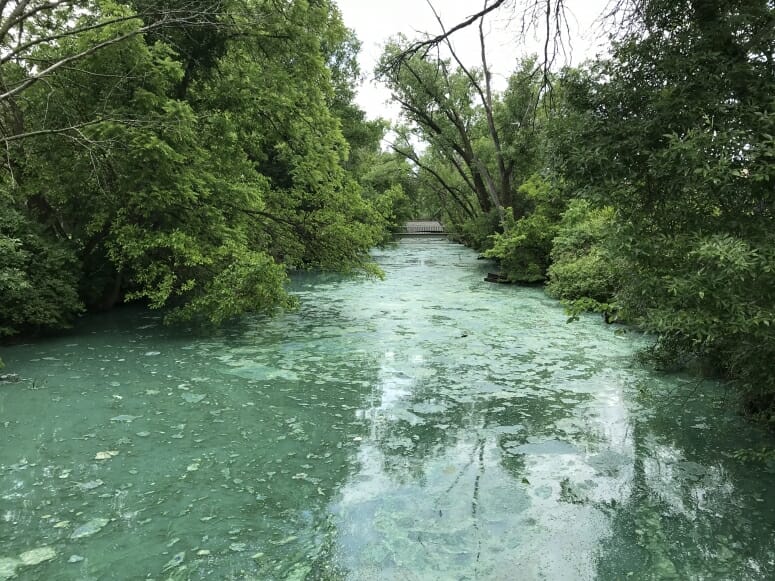Scientific American:
“Salts that de-ice roads, parking lots and sidewalks keep people safe in winter. But new research shows they are contributing to a sharp and widely rising problem across the U.S. At least a third of the rivers and streams in the country have gotten saltier in the past 25 years. And by 2100, more than half of them may contain at least 50 percent more salt than they used to. Increasing salinity will not just affect freshwater plants and animals but human lives as well—notably, by affecting drinking water.
Sujay Kaushal, a biogeochemist at the University of Maryland, College Park, recounts an experience he had when visiting relatives in New Jersey. When getting a drink from the tap, “I saw a white film on the glass.” After trying to scrub it off, he found, “it turned out to be a thin layer of salt crusting the glass.””






















